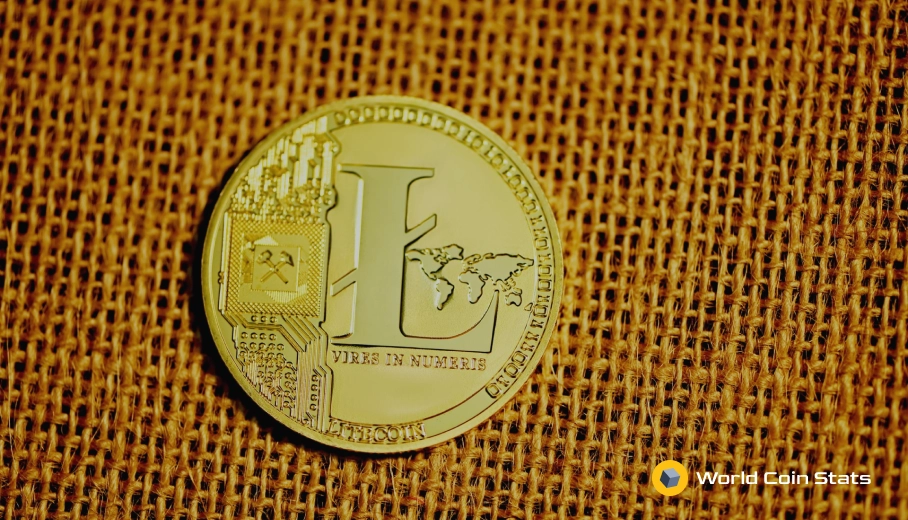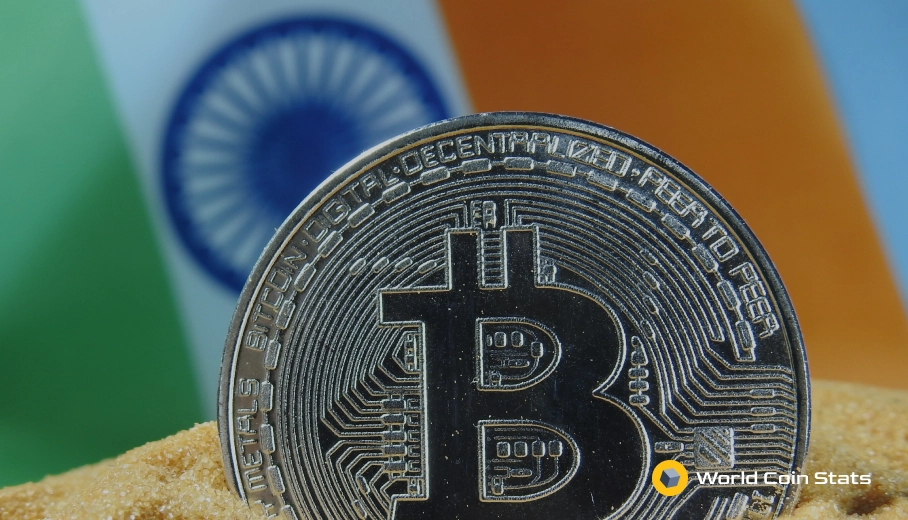Ethereum Vs Ethereum Classic
Ethereum (ETH) has quite a few differences between it and its longest hard fork – Ethereum Classic (ETC). This article will cover some of the many differences between these cryptocurrencies while providing some background on the origin of Ethereum Classic. Additionally, we will also offer a prediction about the future success of Ethereum Classic.
Why Did Ethereum Hard Fork From Ethereum Classic?
The origins of the hard fork start with the hack of The DAO in 2016. The DAO – decentralized autonomous organization – was created as a sort of decentralized venture capital firm way back in 2016. It was based on the Ethereum blockchain and raised approximately $150 million worth of ether.
The DAO came to a crashing halt three months later in 2016 when it was hacked and over $50 million worth of Ether was drained from the smart contract.
This placed Ethereum in a difficult spot. Should they go against the general principle of cryptocurrency and reverse the hack or continue the blockchain with the hack?
The Ethereum Foundation, in a truly decentralized move, decided to put this to a vote. And the overwhelming majority of Ethereum voters (90%) decided to reverse the hack and create a fork of the blockchain.
This blockchain reversed the hack transaction that drained the Ether from the smart contract. The hard fork of the blockchain that reversed the transaction is known as Ethereum (ETH).
On the other hand, the original blockchain with the hack did not fork and is known as Ethereum Classic (ETC).
As we will cover in the next section, that is not the only difference between the two blockchains.
Differences Between Ethereum and Ethereum Classic
There are a handful of differences between Ethereum and Ethereum Classic. This section will cover some of those differences.
Total Supply of Cryptocurrency
The major difference between Ethereum and Ethereum Classic is that the total supply of Ether on Ethereum is unlimited with a limit of 18 million Ether per year.
In a major difference, the total supply of Ether on Ethereum Classic is limited at 210 million, which is still a lot. However, it does provide some deflationary pressure to the cryptocurrency, which helps keep the price higher than if it had an unlimited supply.
This difference, in our opinion, is one that can impact the long term viability of the two projects the most. This is because the price of Ether on Ethereum will likely decrease over time as it’s an inflationary currency.
Proof of Stake vs Proof of Work
Another difference between the two projects is that Ethereum is proof of work and Ethereum Classic is proof of work.
So, what’s the difference?
Ethereum has concrete plans of switching to a proof of stake consensus algorithm. Ethereum Classic has no intentions of doing that.
This is another major difference between the two projects. That said, Ethereum is still proof of work, so the difference is not yet noticeable.
But it will be a major difference when Ethereum eventually launches Ethereum 2.0 and fully switches to a proof of stake consensus algorithm.
Investor Interest
The next two differences can simply be called differences in popularity. As you probably know, Ethereum is the more popular project of the two. The majority of investor interest, ICOs, and DeFi protocols are on Ethereum.
This makes sense because 90% of Ethereum users voted for, and presumably went with, Ethereum rather than continuing on Ethereum Classic.
As a result, most investors and developers focus on Ethereum because it has a larger user base and much more popularity.
Market Cap
Building on the popularity difference, the two projects have vastly different market caps. Ethereum is the second most popular cryptocurrency by market cap with a market cap of $232 billion at the time of writing.
Ethereum Classic has a respectable market cap of $2.1 billion, but that still pales in comparison to Ethereum. It will take a lot of work on the part of Ethereum Classic, combined with a failure of Ethereum, for it to flip Ethereum with a 100x difference in market cap.
What’s The Future For Ethereum Classic?
At the moment, the future for Ethereum Classic does not look particularly good. The problem is that Ethereum Classic simply does not attract much attention from developers nor much attention from investors.
To further this problem, Ethereum Classic will likely run into the same scaling problems that Ethereum currently has if Ethereum Classic ever becomes popular. And there are other alternatives than Ethereum Classic (ie. Polkadot) that are more likely to replace Ethereum.
To answer the question, the future of Ethereum Classic is dim, but it will likely stay around for years to come. The project is certainly not dead by any stretch with a respectable market cap of $2 billion.
Is Ethereum Classic a Good Investment?
It’s not the worst cryptocurrency investment you can find. Personally, we would not put all our money into it, but it does have a chance of increasing in price if Ethereum has any sort of problem.
Ethereum Classic would likely be classified as a risky investment, even by cryptocurrency standards. Just keep that in mind if you plan on investing in the coin.
Final Thoughts
Well, that covers it for the differences between Ethereum and Ethereum Classic. The two projects are not that different, but the difference in popularity greatly magnifies the differences between the two.
Perhaps the minority of users that continued without rolling back The DAO hack were correct. Only time will tell on that one. However, by all indicators at the current moment, it appears that Ethereum has won on the decision to fork.




